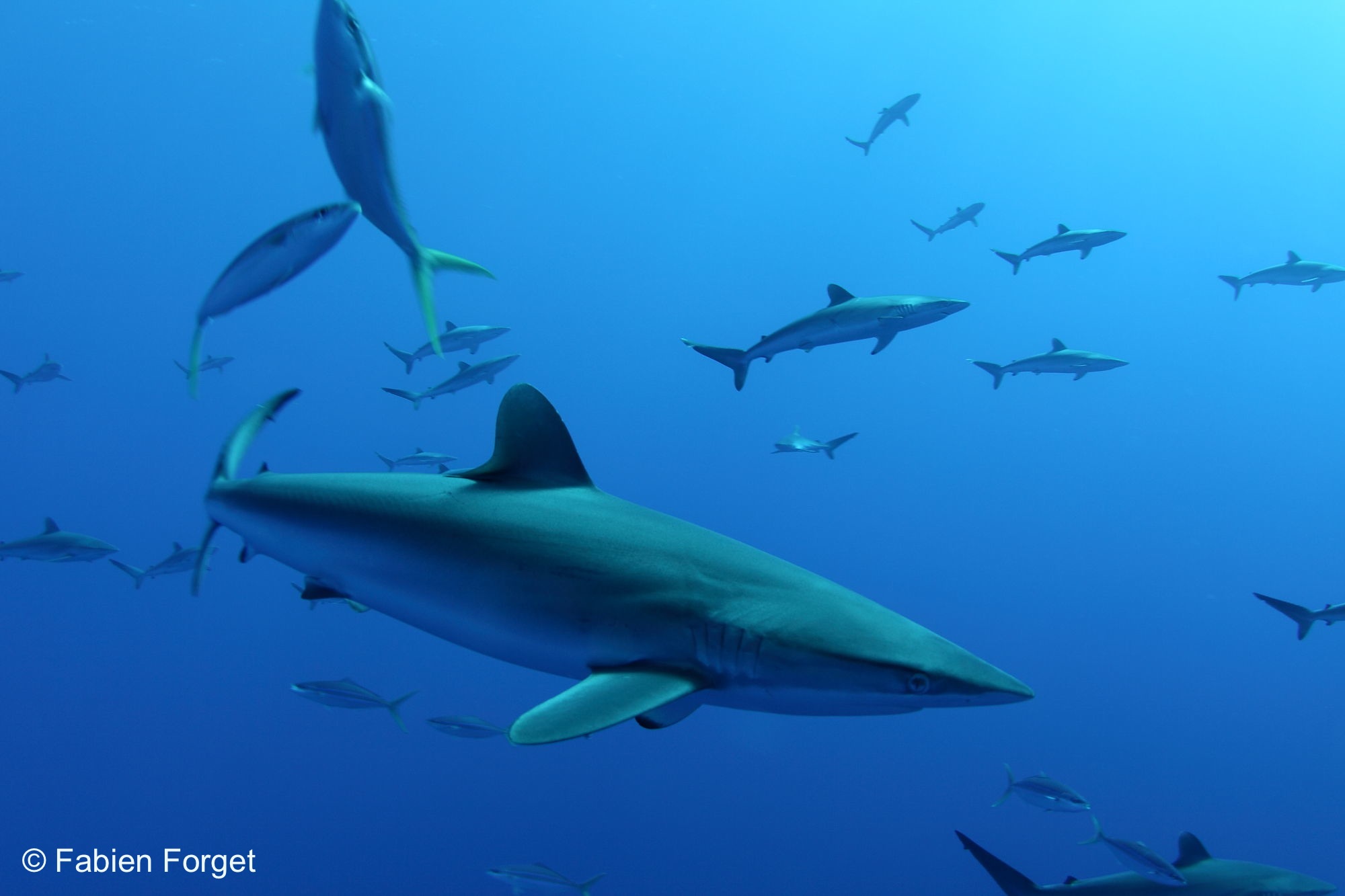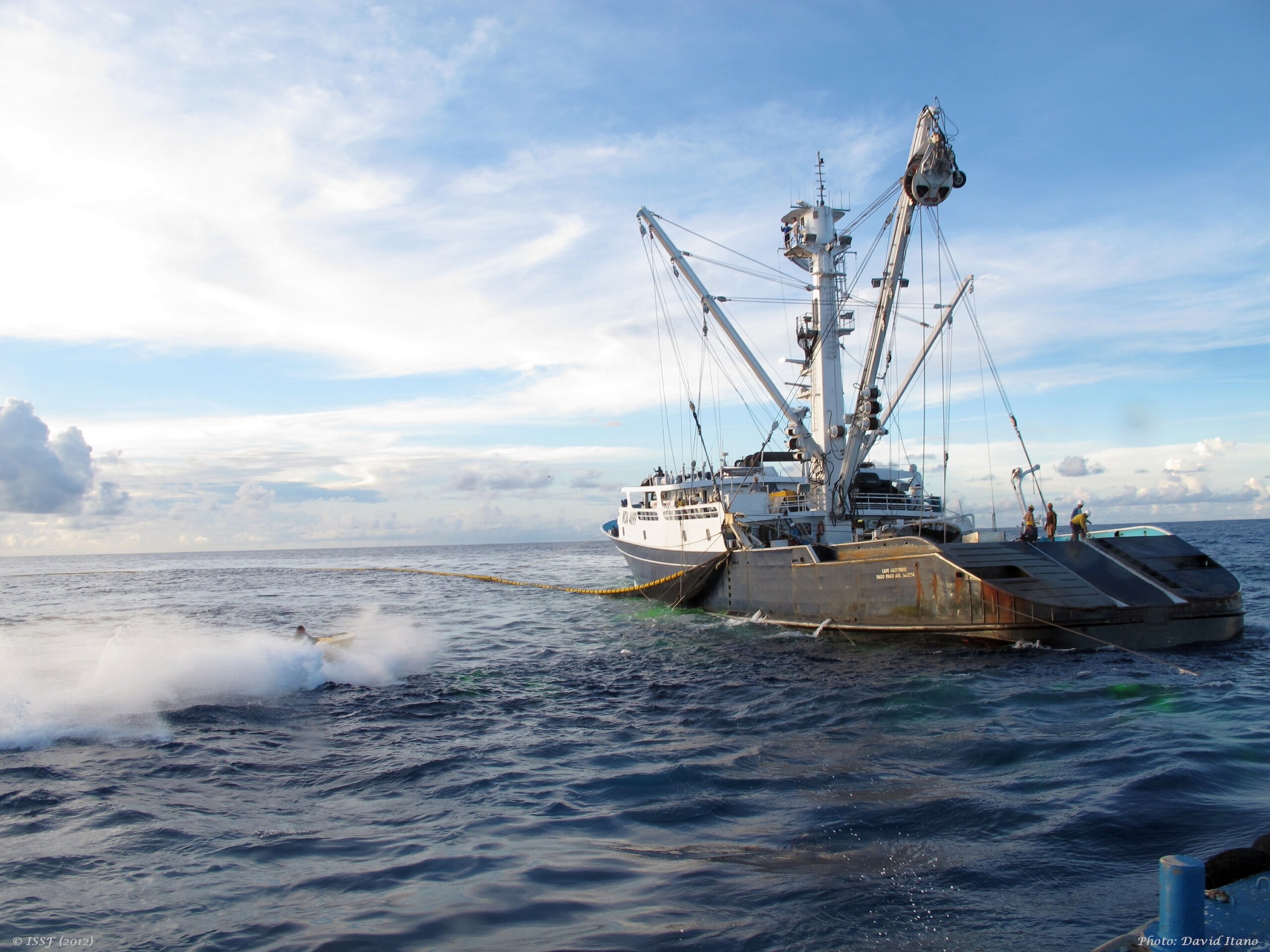
ISSF Expresses Disappointment in Eastern Pacific Ocean Fisheries Failure to Adopt Tuna Conservation Measures
The recent weeklong Inter-American Tropical Tuna Commission (IATTC) yielded few positive results in the advancement of the Commission’s agenda to protect bigeye, yellowfin and skipjack tuna stocks in the Eastern Pacific Ocean. Prior to the meeting, the International Seafood Sustainability Foundation (ISSF) issued a position statement calling on the regional governing body to adopt a precautionary and science-based new version of its currently inadequate IATTC conservation measure. The current measure has been ineffective in limiting catches of yellowfin, bigeye and skipjack tuna, according to IATTC’s own Scientific Advisory Committee.
“The IATTC was unable to reach a consensus on an urgently needed tuna conservation measure, delaying this critical goal until its next meeting in October,” said ISSF President Susan Jackson. “While we are disappointed, we are encouraged by the strong efforts of several parties to the Commission, which did their best to find consensus and promote the adoption of a robust new measure.
Prior to last week’s meeting, ISSF also called on IATTC to ensure the new tuna conservation measure included stronger provisions to manage fish aggregating devices (FADs) to prevent an increase in fishing mortality. Specifically, ISSF’s FAD management priorities included the extension of the FAD closure, active FAD limits, and deployment limits or buoy purchase limits, in addition to requiring the provision of raw data from echosounder buoys and a clear timeline to transition to the use of FADs without netting and made primarily of biodegradable materials. While several IATTC parties made proposals on these topics, they were also not progressed during the meeting.
In a positive development, IATTC did adopt an electronic monitoring (EM) work plan, which includes a timeline for EM workshops for stakeholders, like fishers and vessel owners. The IATTC also adopted two resolutions on EM: one on EM definitions and another that establishes the Terms of Reference (TOR) for the workshops.
For the IATTC meeting in October, ISSF is again urging the Commission to pass a new tuna conservation measure that is precautionary and based on scientific advice to limit fishing pressure on yellowfin and bigeye; make improvements in FAD management; and accelerate the development of harvest strategies and modernized monitoring, control and surveillance (MCS) tools. The ISSF position statement addresses these priorities specifically as follows:
- Develop FAD ownership rules and definitions to ensure FAD accountability is maintained through the end of the FAD’s lifetime, and design FAD-recovery mechanisms and incentives by 2023
- Develop a work plan to create and adopt a FAD marking scheme by 2022 for all new FAD deployments, regardless of vessel type, that requires that FADs be marked on both the buoy and the FAD structure
- Accelerate development of Management Strategy Evaluation for bigeye, skipjack and yellowfin tuna
- Require 100% observer coverage (human and/or electronic) in industrial tuna fisheries, including all those engaged in at sea transshipment, by 2024
- By 2022, adopt a Port State Measures Resolution
- Establish a work plan to operationalize paragraphs 5-8 of IATTC’s measure C-11-07 on Compliance, and develop audit points


